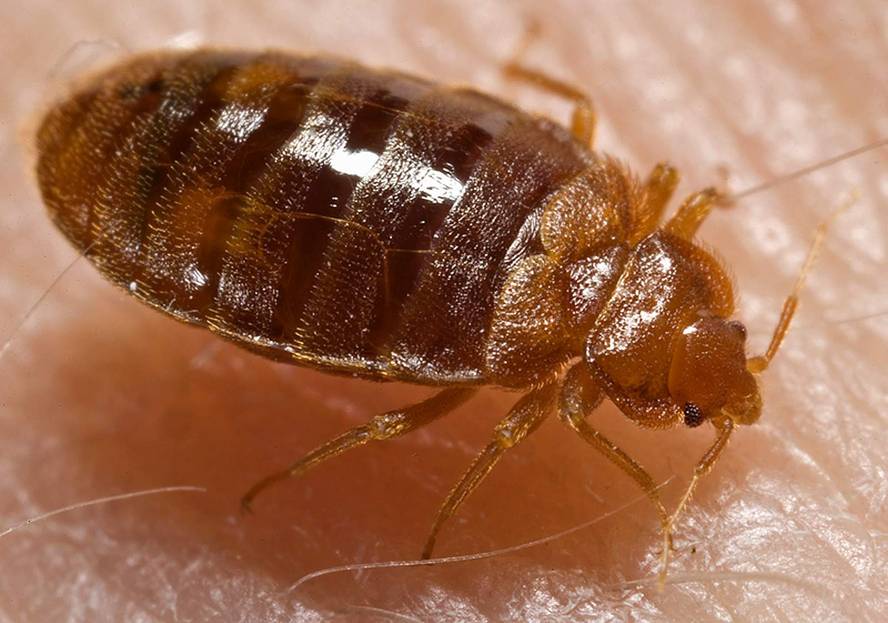Towards an evolution of the domestic biome

Thus, he published in the journal Trends in Ecology&Evolution a study on the research carried out in this new field. The article has been prepared by a group of researchers from the United States, Finland, Chile and Denmark, who have taken into account aspects such as the characteristics of the species that appear inside the houses, how they emerged, what selection pressures they have, how they affect our cultural transformations...
The authors have indicated that the caves are more similar to our houses than to those of the primates. It seems, therefore, that with the beginning of the residence of the caves some of the species began to live inside. For example, a hypothesis indicates that they then passed bat bed bedbugs to humans.
According to the authors, in spite of the diversity of cultures that exist in the world, the conditions within the home are quite similar in most places, and in this it has significantly influenced the diffusion of the technological advances of recent years. This makes the species that inhabit the interior of the houses of one place and another not as different as is believed. In addition, many have similar characteristics: flat bodies, long antennas, limited vision, great survival capacity without food or hospitality...
In addition to their characteristics, they have measured the number of species. For example, in 40 houses in North Carolina more than 8 000 bacteria and coffers were recorded, in another 50 houses more than 750 arthropods were found and many times in the same house there were more than 100 species of arthropods.
Agents and trends
As for the selection pressures, the researchers highlighted that many species have developed their resistance to insecticides and anti-rodent poisons. In addition, as the idea of cleaning changes, new variables appear. For example, since cleaning is associated with the absence of microorganisms, the industry has offered detergents that kill microorganisms. According to the authors, this has meant an increase in resistance to antibiotics.
In addition, they consider that the tendency to build eco-efficient housing will also influence the selection. This is because to increase efficiency it is necessary to close the slits that communicate the exterior with the interior, which further differentiates the interior environment of the housing and the exterior.
However, the researchers have come to the conclusion that, being a new field, there is still much to be investigated. In your opinion, it is interesting to delve into the research, since they are related to current health problems such as asthma, allergies,... Finally, it is suggested that citizen science can be a useful tool for it.






